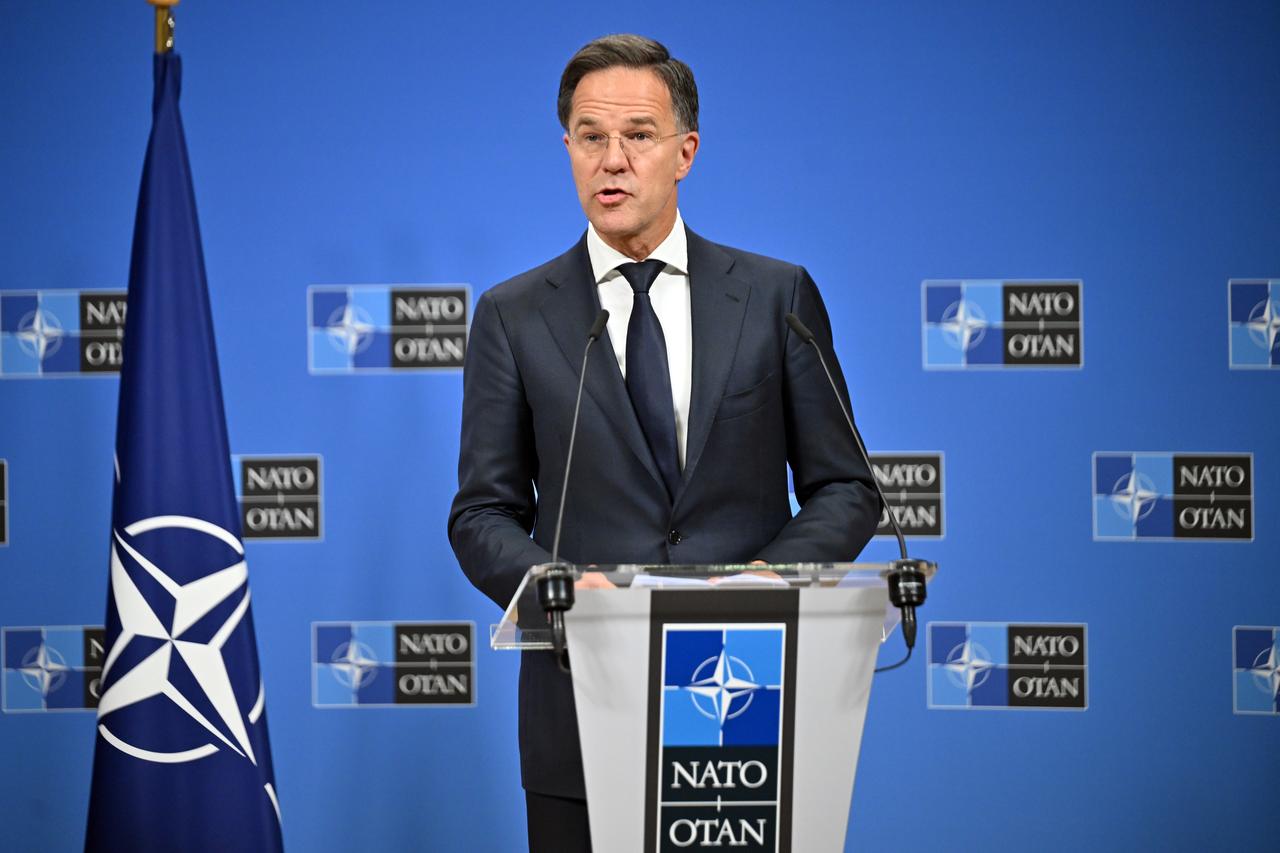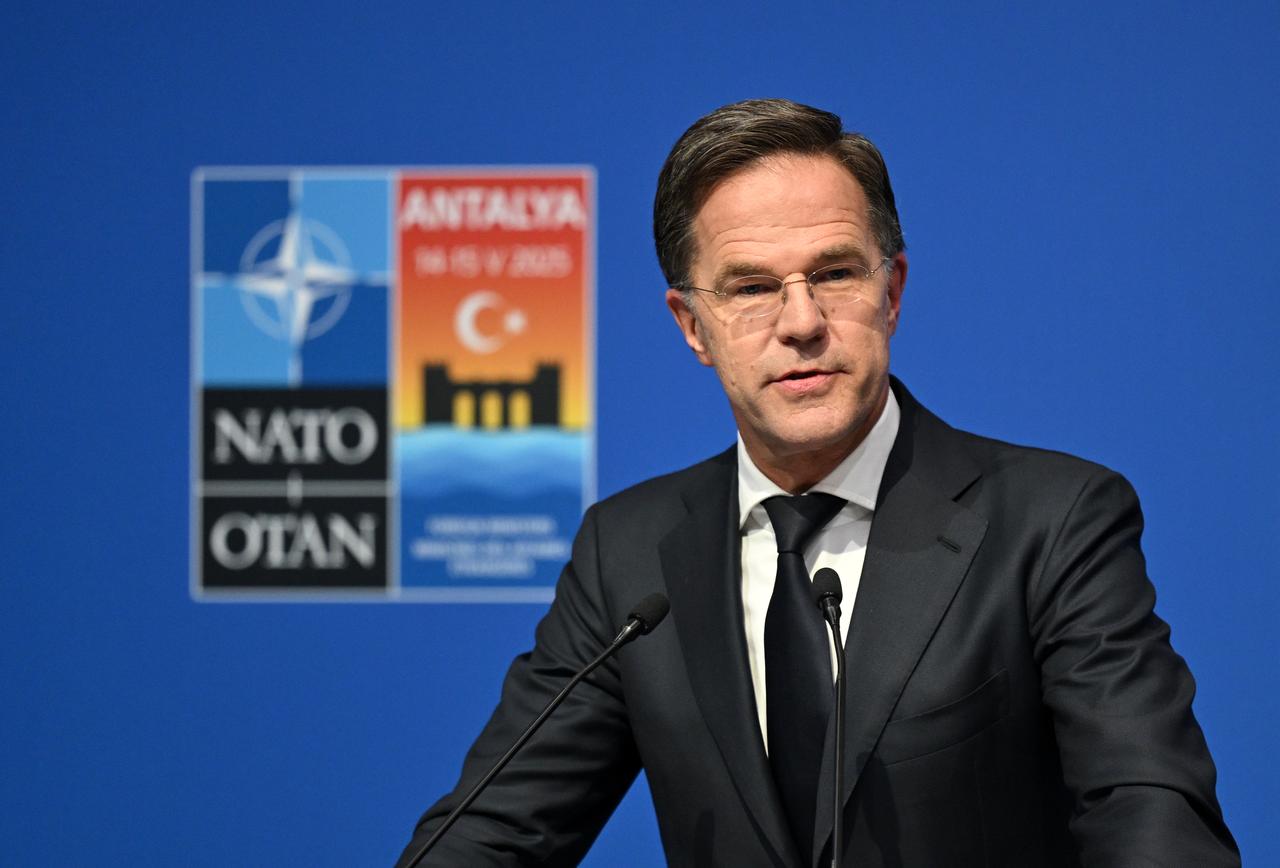
NATO Secretary General Mark Rutte announced that he expects alliance members to agree on a 5% gross domestic product (GDP) defense spending target at the upcoming Hague summit, presenting a compromise formula designed to address the Trump administration's demands while providing European allies with achievable goals.
Speaking at the NATO Parliamentary Assembly meeting in Dayton, Ohio, Rutte stated, "I assume we will agree on a high defense spending target of 5% in total at the Hague summit (to be held June 23-25)."

Rutte's proposal introduces a two-tier spending model that experts say cleverly divides the ambitious 5% target into more manageable components for European allies struggling to meet current obligations.
"However, I will not say what the individual distribution will be. When it comes to hard spending, it will be well above 3%. There will also be a target for defense-related expenditures," Rutte explained during his address.
According to analysis from Brussels-based experts, the framework allocates 3.5% of GDP to core defense and equipment, while an additional 1.5% would cover broader investments in military mobility, infrastructure, and logistics.
Professor Andrew Latham, a US security, defense, and transatlantic relations expert, characterized Rutte's approach as strategically designed to appeal to the Trump administration's negotiating style.
"Rutte made the impossible sufficiently reasonable by breaking down the 5% figure. Governments that never fulfilled the 2% promise now have a new framework that includes cyber, infrastructure, and other 'softer' categories.
This is a smart political move designed to appeal to Trump's 'deal language,'" Latham explained.
Ionela Ciolan, Transatlantic Relations Analyst at the Brussels-based Wilfried Martens Centre for European Studies, provided a detailed analysis of the proposed structure: "The plan includes a two-tier spending model where member states would collectively aim to spend 5% of their GDP on defense and security. Of this, 3.5% would be allocated to core defense and equipment, while an additional 1.5% would be set aside for broader investments in military mobility (infrastructure, logistics)."

The proposal comes as the second Trump administration has intensified pressure on European allies and Canada to increase defense spending.
U.S. Defense Secretary Pete Hegseth previously announced at February's Defense Ministers Meeting that the new target should reach at least 5% of GDP.
Current European defense spending averages 1.9%, far below even the existing 2% target that many allies have struggled to meet. The Trump administration argues that the U.S. has carried a disproportionate burden within the alliance.
Ciolan noted that the new calculation method serves as "a way to make the target more achievable for European allies while meeting Washington's demands."
"This is support for a more politically balanced and realistic approach in response to transatlantic tension. A more pragmatic target, like 3 to 3.5% of GDP, provides a better balance.
Ambitious enough to strengthen NATO's collective credibility but also implementable within current fiscal constraints," she assessed.
The new framework would broaden NATO's definition of defense spending to include categories currently excluded from calculations, such as aid to Ukraine, critical infrastructure protection, and dual-use infrastructure projects that can serve military purposes.
Many allies, including Türkiye, currently conduct military expenditures that do not count toward the existing calculation method, potentially making the new targets more achievable through revised accounting.

The announcement comes as preparations intensify for the Hague summit, which President Trump is expected to attend.
The 2018 Brussels NATO summit during Trump's first term was marked by tense exchanges, particularly between Trump and then-German Chancellor Angela Merkel.
Latham emphasized that Rutte's formula provides "breathing room for Europe for now" while giving the U.S. administration what it wants, though he noted this represents "a floor, not a ceiling" for alliance commitments.
NATO defense ministers will first address the new formula when they meet at Brussels headquarters on June 5, ahead of the Hague summit scheduled for June 23-25.
Several frontline countries, including Poland and the Baltic states, have already announced plans toward the 5% target or made progress in that direction, though most NATO allies remain far from even the current 2% benchmark.

Latham argued that the proposal represents NATO's first serious acknowledgment in years that the alliance cannot operate on nostalgia.
"This isn't about meeting bureaucratic quotas. This is about showing adversaries that NATO still matters, that it's willing to pay the price for peace," he stated.
"Also, this is the first serious acceptance in years that NATO cannot walk with nostalgia. If the alliance wants to survive in a world of tragic choices and hard power, this is the floor, not the ceiling," he added.
The proposal signals a significant shift in NATO's approach to burden-sharing and defense spending, as the alliance adapts to evolving security challenges and U.S. demands for greater European responsibility in collective defense.